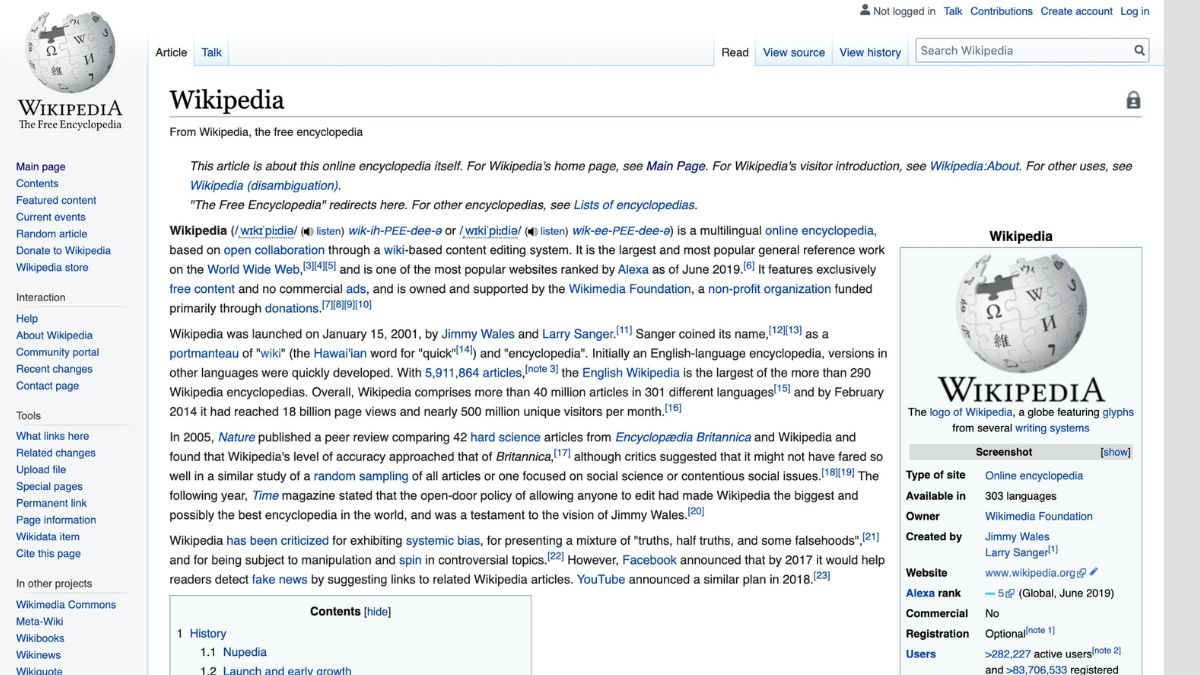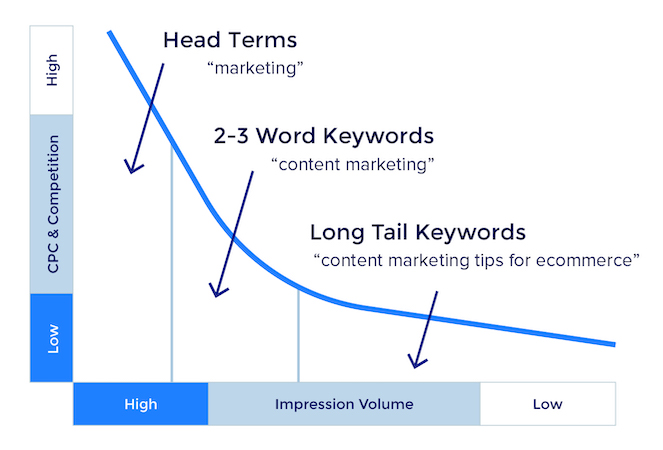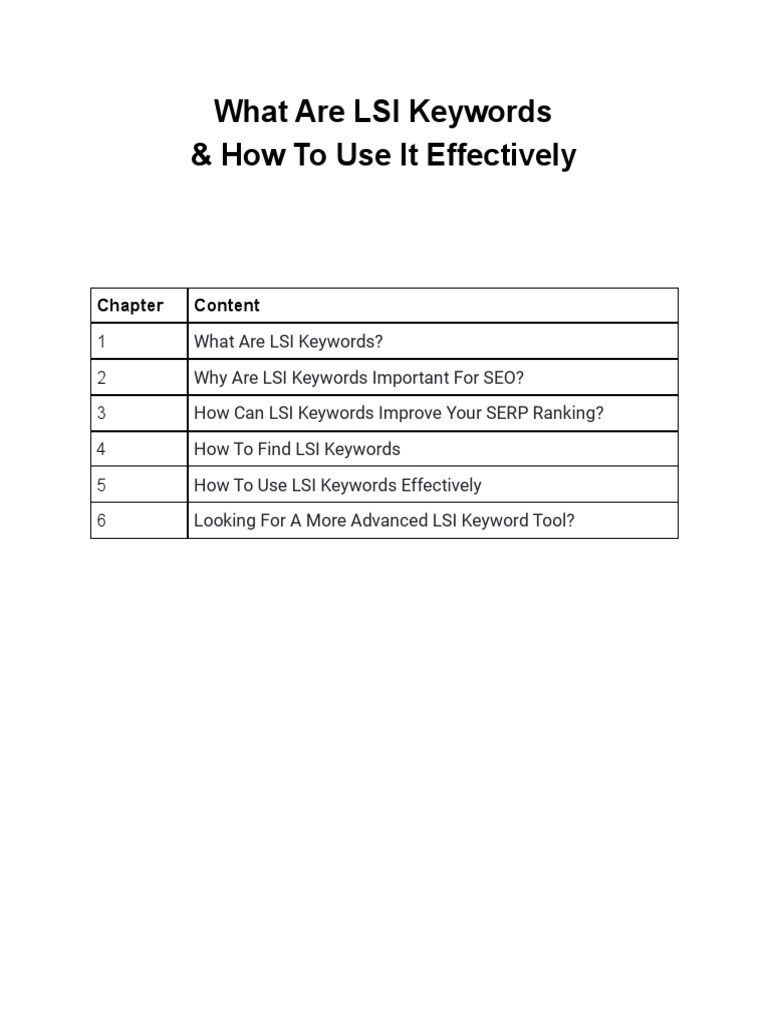
In the ever-evolving world of digital marketing, keyword research remains one of the most critical components of a successful SEO strategy. Keywords are the bridge between your content and your audience, helping search engines understand what your website is about and how it can satisfy user intent. Whether you’re running a small blog or managing a large e-commerce site, finding the right keyword ideas can significantly impact your visibility on search engine results pages (SERPs).
This guide will walk you through the best practices, tools, and techniques for discovering high-quality keyword ideas that drive organic traffic and improve your SEO performance.
Why Keywords Matter in SEO
Before diving into how to find keyword ideas, it’s essential to understand why keywords are so important. Search engines like Google use complex algorithms to determine which websites to display for specific search queries. These algorithms analyze the relevance and quality of content, but they also rely heavily on keywords to match user intent with the most appropriate web pages.
Here’s why keywords matter:
- They help search engines index your content: By including relevant keywords, you make it easier for search engines to categorize and rank your pages.
- They attract targeted traffic: Using the right keywords ensures that your content reaches people who are actively searching for what you offer.
- They improve your ranking: Optimizing your content around high-value keywords increases your chances of appearing on the first page of search results.
Without proper keyword research, you risk creating content that doesn’t resonate with your audience or fails to meet search engine requirements.
Step 1: Brainstorm Niche Topics and Main Keywords
The first step in any keyword research process is to brainstorm potential topics and seed keywords related to your niche. This stage is all about thinking like your target audience and identifying the terms they might use when searching for information, products, or services.
Tips for Effective Brainstorming:
- Start with your business or website: Think about the products, services, or themes you cover. For example, if you run a fitness blog, your initial list might include terms like “workout routines,” “healthy eating,” or “fitness tips.”
- Use mind mapping: Visualize connections between different topics to uncover new keyword opportunities.
- Consider long-tail keywords: These are longer, more specific phrases that users type into search engines. They often have lower competition and higher conversion rates. For instance, instead of “gym,” consider “beginner gym workouts” or “how to start a gym routine.”
You can also leverage tools like Google Trends, AnswerThePublic, and LSIGraph to discover trending topics and questions related to your niche.
Step 2: Understand User Intent
Once you have a list of potential keywords, it’s crucial to understand the search intent behind them. Search intent refers to the purpose of a user’s query. There are four main types of search intent:
1. Navigational Intent
Users are looking for a specific website or page. Example: “Facebook login,” “Google Maps.”
2. Informational Intent
Users want to learn something. Example: “How to write a blog post,” “What is SEO?”
3. Transactional Intent
Users are ready to make a purchase. Example: “Buy iPhone 14,” “Best headphones under $50.”
4. Commercial Investigation Intent
Users are comparing products or services before making a decision. Example: “Best laptops for students,” “Top 10 smartphones 2024.”
Understanding the intent behind each keyword helps you tailor your content to meet the needs of your audience. For example, if you’re targeting informational keywords, focus on providing detailed guides and tutorials. If you’re targeting transactional keywords, ensure your content includes clear calls-to-action and product descriptions.
Step 3: Find Your List of Keyword Ideas
Now that you have a basic understanding of your niche and user intent, it’s time to gather actual keyword ideas. Here are some of the most effective methods:
1. Google Suggest
Type your seed keyword into Google and observe the auto-complete suggestions. These are real-time searches that people are making, giving you a glimpse into popular and relevant keywords.
2. Google Search Console

If you already have a website, check the Search Console for the keywords that your site is currently ranking for. This can help you identify opportunities to optimize existing content or create new content around those terms.
3. Competitor Analysis
Tools like RankingGap and SEMrush allow you to analyze the keywords your competitors are ranking for. This can provide valuable insights into what’s working in your industry and where you can differentiate yourself.
4. Reddit and Forums
Platforms like Reddit and niche forums are goldmines for keyword ideas. Users often discuss their pain points, questions, and interests in real-time. Tools like Keyworddit can help you extract these ideas and convert them into actionable keywords.
5. YouTube Suggest

As the second-largest search engine, YouTube offers a wealth of keyword ideas. Use the Auto-complete feature to find popular video topics and long-tail keywords. For example, typing “SEO tips” into YouTube might suggest “SEO tips for beginners,” “SEO tips for 2024,” or “SEO tips for bloggers.”
Step 4: Shortlist Your Keyword Buckets
After gathering a wide range of keyword ideas, the next step is to organize and prioritize them. Group similar keywords into thematic buckets based on topics, user intent, and search volume.
How to Organize Your Keywords:
- Theme-based grouping: Create categories like “Beginner Guides,” “Product Reviews,” or “Industry Trends.”
- Search volume and difficulty: Use tools like LSIGraph to analyze the monthly search volume and competition level of each keyword. Focus on keywords that have a good balance of high search volume and low competition.
- Conversion potential: Consider which keywords are more likely to lead to conversions, such as sales, sign-ups, or downloads.
For example, if you’re running an online store selling skincare products, you might group keywords like “anti-aging cream,” “natural moisturizer,” and “best face serum” under a “Skincare Products” bucket.
Step 5: Apply Keywords in Your Work
Once you’ve identified your top keywords, it’s time to implement them into your content. Here are some key strategies for optimizing your content:
1. Include Keywords in Titles
Your title is the first thing users see in search results. Make sure your primary keyword appears at the beginning of the title for maximum impact.
Example: “How to Write a Blog Post: A Beginner’s Guide” (includes the keyword “blog post”)
2. Optimize Meta Descriptions
While meta descriptions don’t directly affect rankings, they play a crucial role in improving click-through rates (CTR). Include your keyword naturally in the description to entice users to click.
Example: “Learn how to write a blog post with our step-by-step guide. Perfect for beginners!”
3. Use Keywords Naturally in Content
Avoid keyword stuffing, which can harm your SEO and user experience. Instead, sprinkle your keywords throughout the content in a natural, conversational way. Use variations of your main keyword, such as “writing a blog post” or “blogging tips.”
4. Internal Linking
Link to other relevant pages on your website to distribute authority and improve navigation. Use anchor text that includes your target keyword to signal to search engines what the linked page is about.
5. Update and Refresh Content
SEO is an ongoing process. Regularly update your content to reflect changes in user intent, trends, and algorithm updates. This keeps your content fresh and improves its chances of ranking.
Bonus Tips for Finding Great Keyword Ideas
1. Leverage Wikipedia
Wikipedia is not just a knowledge base—it’s also a powerful tool for keyword research. Explore the Table of Contents of relevant articles to find subtopics and related keywords. For example, if you search for “coffee,” you’ll find subtopics like “Coffee Preparation,” “Coffee Culture,” and “Coffee History.”
2. Check Related Searches on Google

At the bottom of Google search results, you’ll often find a section called “Searches Related to [your keyword].” These are additional keywords that users are searching for, giving you more ideas to work with.
3. Use Free Keyword Tools
Tools like AnswerThePublic, Question DB, and SeedKeywords.com can help you find question-based keywords and creative terms that you might not have considered otherwise.
4. Analyze Amazon Product Listings
For e-commerce businesses, Amazon is a goldmine for keyword ideas. Type a product or category into the search bar and look at the auto-complete suggestions. These are the exact terms customers are using to find products.
Conclusion
Finding the best keyword ideas for SEO success is a process that requires both creativity and data-driven analysis. By following the steps outlined in this guide—brainstorming, understanding user intent, leveraging tools, and optimizing your content—you can build a strong foundation for your SEO strategy.
Remember, keyword research is not a one-time task. It’s an ongoing effort that evolves with your audience, market trends, and search engine algorithms. Stay curious, keep testing, and always aim to provide value to your users.
With the right approach and tools, you’ll be well on your way to driving targeted traffic, increasing your visibility, and achieving long-term SEO success.







